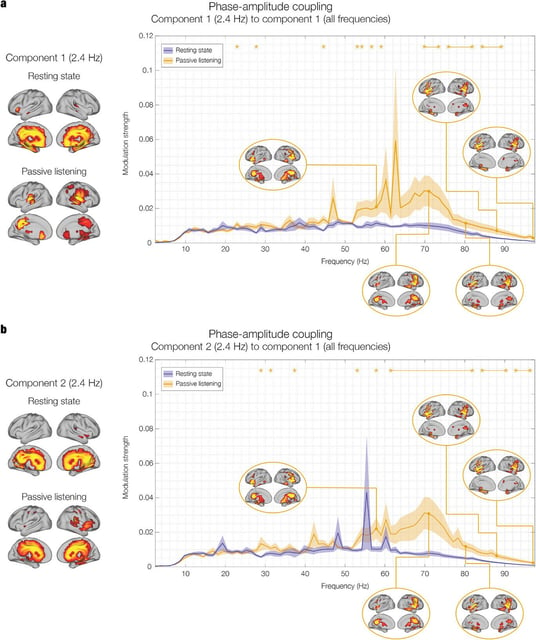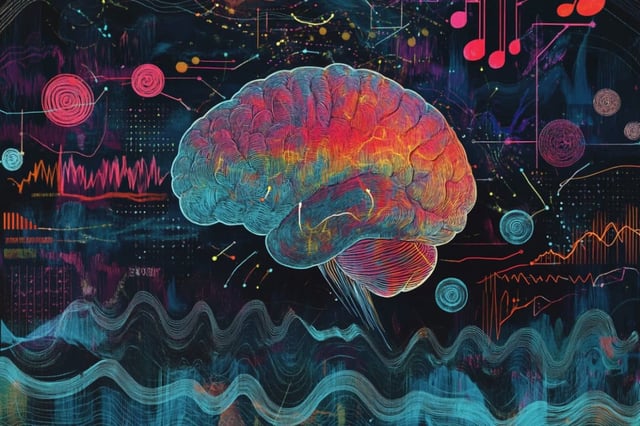Overview
- The study, published in Advanced Science, introduces FREQ-NESS—Frequency-resolved Network Estimation via Source Separation—a data-driven pipeline for mapping whole-brain activity by frequency.
- Experiments using steady rhythmic tones showed that low-frequency auditory networks modulate high-frequency brainwaves, driving real-time reconfiguration of network structures.
- FREQ-NESS bypasses predefined frequency bands or anatomical regions, delivering simultaneous spectral and spatial precision across all brain networks.
- Discovery of cross-frequency coupling offers new avenues for studying music cognition, attention mechanisms and altered states of consciousness.
- An international consortium is already progressing a large-scale program to apply FREQ-NESS in brain-computer interfaces and personalized clinical diagnostics.

